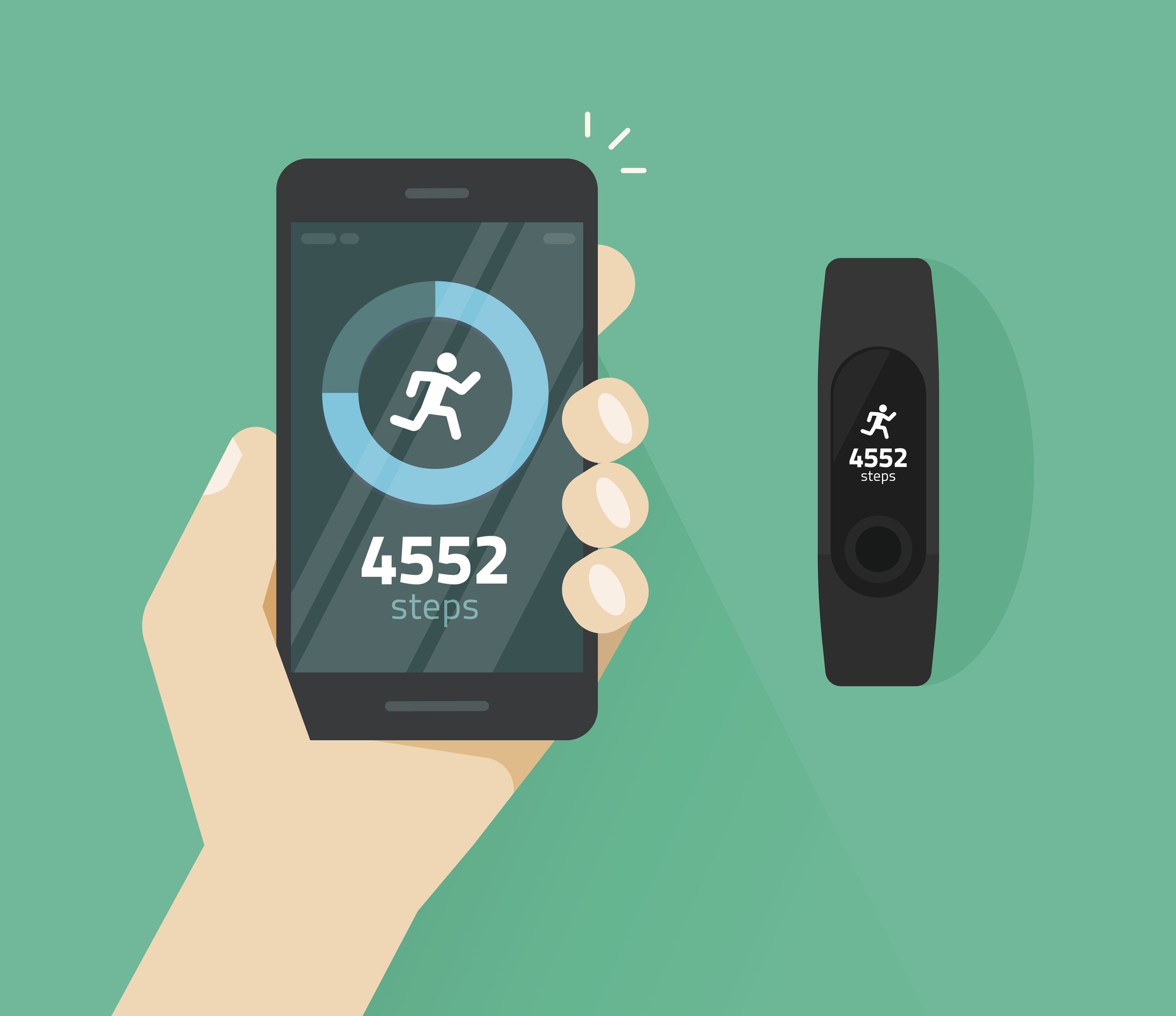
Researchers have recently used a wearable device to monitor the activity of patients with a rare metabolic disorder remotely. The condition, known as Pompe disease, is characterized by progressive muscle weakness and causes patients to have difficulty moving around. To better understand how the disease impacts patient mobility, researchers observed patients with late-onset Pompe disease using the Fitbit One wearable activity tracker. Their findings were published recently in npj Digital Medicine.
What is Pompe Disease?
Pompe disease, also known as acid maltase deficiency disease, is a rare neuromuscular disorder that results from inadequate acid alpha-glucosidase functioning. This enzyme is necessary for breaking down glycogen, the large compounds of glucose stored in the body for energy. Patients with this condition experience muscular weakening and respiratory insufficiency, and as a result, they struggle with walking, running, climbing stairs, standing up, and performing other mobile tasks. Eventually, the condition can lead to spinal weakening that results in wheelchair dependency. The condition either presents as infantile-onset Pompe disease (IOPD) or late-onset Pompe disease (LOPD), with symptoms of the latter presenting anywhere from early childhood to in one’s 70s.
Background of the Wearable Device Study
To better understand LOPD’s effect on mobility, these researchers conducted an observational study that involved data from 29 eligible adult patients with the condition. These participants were recruited from the Acid Maltase Deficiency Association (AMDA) and the PatientsLikeMe website (PLM). The average age of this sample was 43 years, with 93% of the participants having been diagnosed after age 18.
Data was captured over a 6 to 8-week period using daily Fitbit data and weekly and daily self-assessments on PLM. Metrics tracked through the Fitbit device included steps, peak daily activity, floors climbed, and sleep. This data was obtained from the participants with LOPD and compared to that of the general population and patients with other diseases.
The researchers found that use of the wearable device was very high, with 94% of participants uploading activity data for over half of the days in the study and 67% providing data for over 90% of the days. The team found that those with LOPD were much less active (average of 3,145 daily steps) than the general population (average of 5,117 daily steps). In addition, these patients also showed less activity than those with chronic obstructive pulmonary disease and multiple sclerosis, with prior research finding the latter to display 4,393 steps per day on average. Lower step count and peak daily activity were found to be correlated to more severe Pompe disease scores as well.
Implications of these Results
This study functioned to evaluate the remote activity monitoring of LOPD patients using a wearable device. The authors note that three major findings emerged from this work. First, they feel these findings indicate that patients are very comfortable with this type of remote monitoring. With 83% of participants uploading Fitbit data with high compliance and 59% claiming they would recommend the device to others with Pompe disease, this technology appears to integrate well into patients’ lifestyles. Participants also expressed interest in other wearables that track, activity, respiratory function, and nutrition, highlighting the need for physiological data collection tools that do not burden the patient.
The second key finding of this work was the characterization of mobility and activity in LOPD patients. Using the wearable pedometer, the researchers were able to find that LOPD patients were not only less active than the general population but that their activity fell short to patients with similar chronic diseases as well. They also found that those who are diagnosed earlier after disease onset show more activity than those with a later diagnosis as well, which is consistent with existing literature.
Third, the researchers found that patient-reported outcomes were strongly correlated to mobility measures. The patients who reported higher pain and fatigue scores displayed much less daily activity than those experiencing less severe symptoms.
The researchers noted that their pilot study establishes a foundation for future studies regarding remote monitoring of Pompe disease.
“With advancement in technology and integrated data systems, we anticipate that wearable technology linked with patient self-reports will enable better characterization of Pompe patients and aid physicians in clinical decision making,” concluded the authors.
Mobility assessment using wearable technology in patients with late-onset Pompe disease https://t.co/n34NgazpLw via @mydocwire
— NZPompeNetwork (@PompeNowWhat) July 22, 2019







 © 2025 Mashup Media, LLC, a Formedics Property. All Rights Reserved.
© 2025 Mashup Media, LLC, a Formedics Property. All Rights Reserved.